How to Remove Scratches From Plastic Car Interior (Best Ways)
Delicately sand the scratches until they become imperceptible to the touch. Subsequently, apply a plastic cleaner by spraying it onto the plastic surface and use a microfiber towel to eliminate dirt and residues. Finally, use polishing or buffing pads to generously apply polish to the sanded region.
Removing Scratches From a Plastic Car Interior
Removing scratches from a plastic car interior can be accomplished using several effective methods. Here are some of the best ways to address scratches on plastic surfaces:
Gentle Sanding
Begin by lightly sanding the scratched area with fine-grit sandpaper. This helps smooth out the scratches. Be cautious not to apply excessive pressure to avoid further damage.
Plastic Cleaner
Spray a plastic cleaner onto the sanded area. This will help remove dirt, grime, and any leftover residue from the sanding process. Wipe the area clean with a microfiber towel.
Polishing/Buffing
Use polishing or buffing pads to apply a plastic polish to the sanded and cleaned area. Apply the polish liberally and use circular motions to buff the surface. This helps restore shine and further minimize the appearance of scratches.
Toothpaste Method
A small amount of non-gel toothpaste can be applied to the scratched area. Rub it in with a soft cloth using circular motions, then wipe clean. Toothpaste contains mild abrasives that can help reduce the visibility of scratches.
Baking Soda Paste
Create a paste by mixing baking soda with water. Apply the paste to the scratches, gently rub with a soft cloth, and then wipe clean. Baking soda is mildly abrasive and can aid in smoothing out scratches.
Heat Gun (for textured surfaces)
For textured plastic surfaces, a heat gun on low heat can be used to soften and blend the scratched area. Be cautious and maintain a safe distance to prevent overheating or warping.
Commercial Scratch Removers
There are various commercial plastic scratch removers available. Follow the product instructions carefully for optimal results.
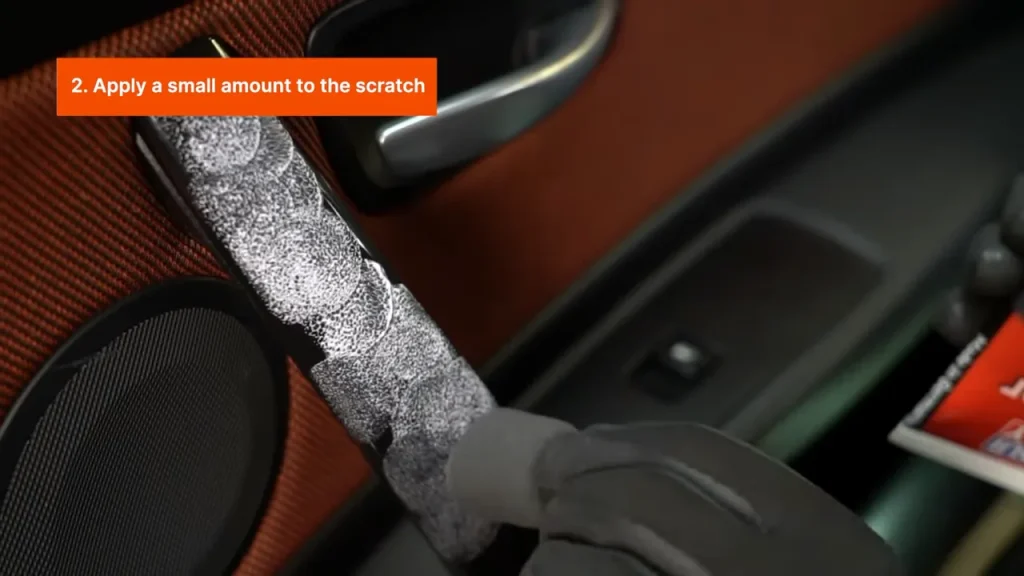
What Is the Best Way to Remove Scratches From Plastic?
The best way to remove scratches from plastic depends on the severity of the scratches and the type of plastic. One effective method is to begin with gentle sanding using fine-grit sandpaper to smooth out the scratched area.
After sanding, a plastic cleaner should be applied to remove any dirt or residue, followed by wiping with a microfiber towel. The use of polishing or buffing pads with a plastic polish helps restore the surface and minimize the appearance of scratches.
In some cases, household items like toothpaste or a paste made with baking soda and water can be effective due to their mild abrasive properties. For textured plastic surfaces, a heat gun on low heat may be used to soften and blend scratches.
Commercial plastic scratch removers are also available and can provide efficient results. It’s essential to test any method on a small, inconspicuous area first and exercise caution to prevent further damage to the plastic.
How Do You Fix a Cracked Dashboard?
Fixing a cracked dashboard can be a challenging task, but there are several methods you can try to improve its appearance and prevent further damage. Here’s a step-by-step guide:
- Clean the Dashboard: Begin by thoroughly cleaning the cracked area with a mild soap or dashboard cleaner. Remove any dust, dirt, or debris.
- Apply Vinyl Cleaner or Conditioner: Use a vinyl cleaner or conditioner specifically designed for car interiors. Apply it to the cracked area according to the product’s instructions. This can help soften the material and improve its appearance.
- Fill Cracks with Vinyl Filler: For smaller cracks, you can use a vinyl filler designed for automotive applications. Apply the filler to the cracks, following the product’s guidelines. Smooth it out with a putty knife or applicator.
- Sand the Repaired Area: Once the filler has dried, carefully sand the repaired area with fine-grit sandpaper to create a smooth surface. Be gentle to avoid damaging the surrounding dashboard.
- Apply Dashboard Paint or Dye: Use a dashboard paint or dye that matches the color of your dashboard. Apply it evenly to the repaired area, following the product instructions. This step helps to blend the repair with the rest of the dashboard.
- Install a Dashboard Cover: If the cracks are extensive or the repair is not aesthetically pleasing, consider using a fitted dashboard cover. These covers are designed to fit over your existing dashboard and provide a clean and uniform appearance.
- Use a Professional Repair Service: For more severe or intricate cracks, seeking the assistance of a professional automotive interior repair service may be the best option. They have the expertise and tools to perform more advanced repairs, including dashboard replacement or restoration.
- Prevent Future Damage: To prevent further cracking, park your vehicle in shaded areas when possible to reduce sun exposure. Additionally, use a windshield sunshade to protect the dashboard from UV rays.
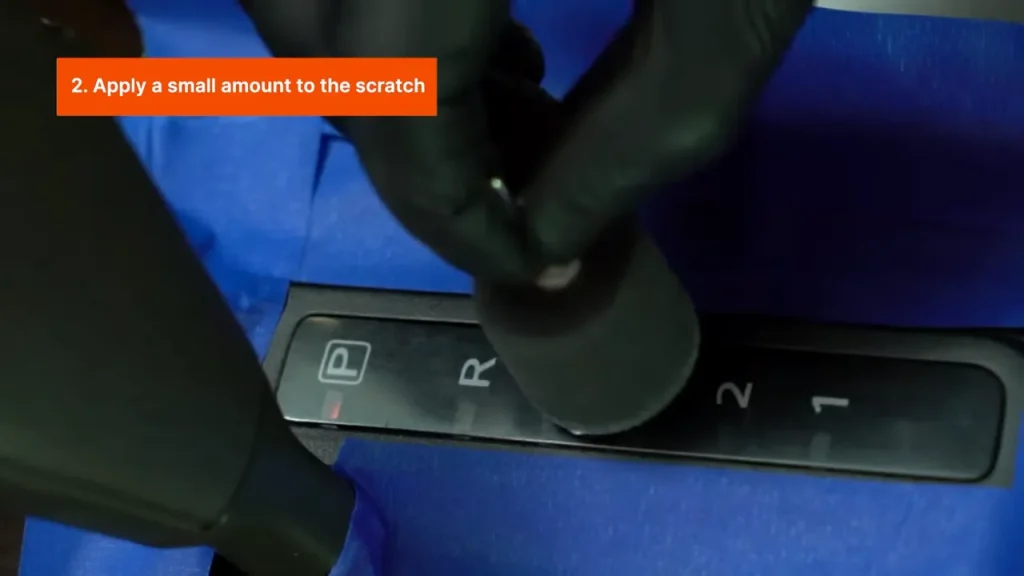
How Do You Remove Scratches From a Car Door?
Removing scratches from a car door can be approached through various methods depending on the depth and severity of the scratches. For shallow surface scratches, a simple remedy involves using a polishing compound or scratch remover specifically designed for automotive paint.
Apply the product to the scratched area and buff it with a microfiber cloth in circular motions until the scratches are less noticeable. Deeper scratches may require more intensive measures, such as touch-up paint matched to the car’s color.
Clean the scratched area, apply the touch-up paint carefully, and let it dry before lightly sanding and polishing to blend the repair. Professional detailing services may also offer expertise in scratch removal, using advanced techniques like wet sanding and machine polishing for more significant damage. As a preventive measure, keeping the car clean, applying wax regularly, and avoiding abrasive materials during washing can help minimize the occurrence of scratches.
How Do You Remove Scuff Marks From Plastic?
Removing scuff marks from plastic can be achieved using various household items and cleaning solutions. One common method is to apply a mixture of baking soda and water to the scuffed area. Make a paste, rub it onto the plastic with a soft cloth or sponge, and then wipe it off.
Baking soda’s mild abrasive properties help lift scuff marks without causing damage to the plastic. Additionally, toothpaste, especially non-gel varieties, can be used similarly due to its mild abrasiveness.
Apply a small amount to the scuffed area, rub it in gently, and wipe it off. For tougher scuff marks, rubbing alcohol or a magic eraser can be effective. Always test a small, inconspicuous area first to ensure that the cleaning method does not damage or discolor the plastic. Regular cleaning and maintenance can also help prevent scuff marks on plastic surfaces.
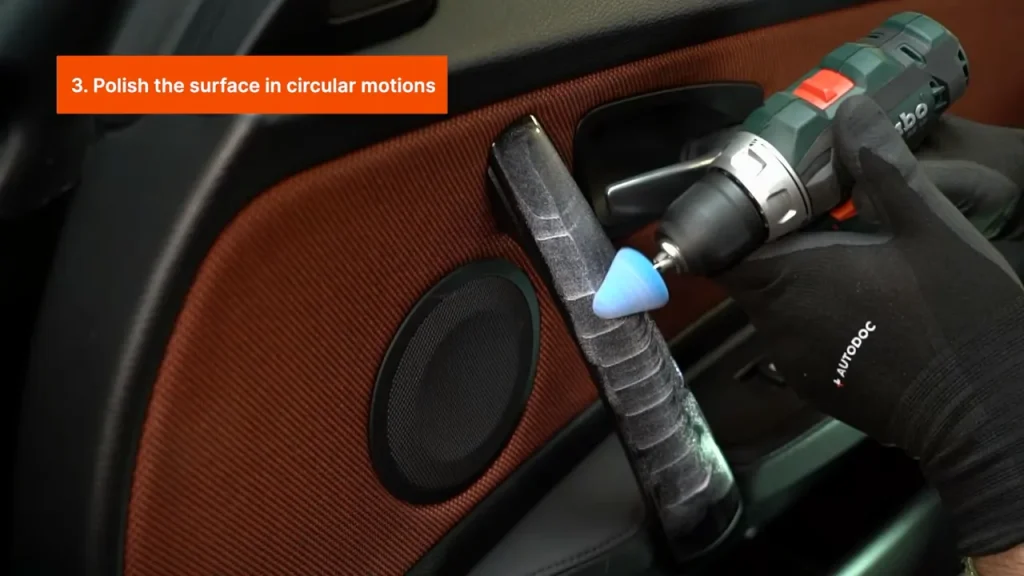
How Much Does It Cost to Fix a Cracked Dashboard?
The cost to fix a cracked dashboard can vary widely depending on the severity of the damage, the make and model of the vehicle, and the chosen repair method. For minor cracks, do-it-yourself solutions like vinyl fillers and dashboard paints may cost less than $50 for materials. Professional repairs performed by automotive interior specialists can range from $100 to $300 or more, depending on the complexity of the repair.
In cases where the damage is extensive or a complete dashboard replacement is necessary, costs can escalate significantly, potentially reaching several hundred dollars or more. As dashboard repairs can vary, it’s advisable to obtain quotes from automotive repair shops or interior specialists to assess the specific requirements and associated costs for the desired level of repair or replacement.
How Do I Prevent My Car From Getting Scratched?
Preventing your car from getting scratched requires a combination of proactive measures and careful habits. Firstly, park your vehicle in well-lit and secure areas to reduce the risk of vandalism or accidental collisions. When parking, choose spots away from crowded areas to minimize the chances of dings from neighboring car doors.
Applying a clear coat or paint protection film can act as a barrier against minor scratches and stone chips. Regularly washing and waxing your car helps maintain the paint’s integrity and makes it more resistant to scratches. When cleaning, use a soft microfiber cloth and mild detergents to avoid abrasive damage.
Be cautious in tight spaces, and avoid parking close to shrubs, trees, or areas with potential abrasive surfaces. Utilize car covers for added protection when parking for extended periods. Additionally, refrain from placing items on the car roof or trunk, as they can cause scratches during movement. By adopting these preventive measures and practicing vigilant car care, you can significantly reduce the risk of scratches and keep your vehicle looking its best.
FAQ:
1. Can scratches on plastic car interior be repaired at home?
Yes, many minor scratches on plastic car interiors can be repaired at home using various DIY methods.
2. What household items can be used to remove scratches from plastic surfaces?
Baking soda, toothpaste, and a mixture of baking soda and water are common household items that can be effective in removing scratches from plastic.
3. Can toothpaste really remove scratches from plastic car interiors?
Yes, non-gel toothpaste, due to its mild abrasive properties, can be used to reduce the visibility of scratches on plastic surfaces.
4. How do I use baking soda to remove scratches from plastic car interior?
Create a paste by mixing baking soda with water, apply it to the scratched area, rub gently with a soft cloth, and then wipe clean.
5. Are there commercial products specifically for removing scratches from plastic car interiors?
Yes, there are commercial plastic scratch removers available that are designed to effectively reduce or eliminate scratches on plastic surfaces.
6. Can scratches on textured plastic be repaired at home?
Repairing scratches on textured plastic may be more challenging, but methods like using a heat gun on low heat or applying specialized vinyl repair kits can be considered.
7. How do I prevent further scratches on my plastic car interior?
Use microfiber cloths for cleaning, avoid abrasive materials, and consider applying a plastic protector or conditioner to maintain and protect the plastic surface.
8. Can deep scratches on plastic car interiors be fixed at home?
Deep scratches may require professional assistance, but some DIY methods like using touch-up paint or specialized repair kits can be attempted.
9. Does the color of the plastic affect scratch removal?
The color of the plastic can impact the visibility of scratches, but most scratch removal methods are applicable regardless of color.
10. Are there any precautions to take when attempting to remove scratches at home?
Always test any method on a small, inconspicuous area first, use gentle pressure, and avoid aggressive rubbing to prevent further damage to the plastic surface.
- Why Are My Car Headlights Not Bright Enough? - May 9, 2024
- How Long Can You Drive With An EVAP Leak? - May 9, 2024
- What Does B Stand for in a Car? [Full Guide] - May 9, 2024

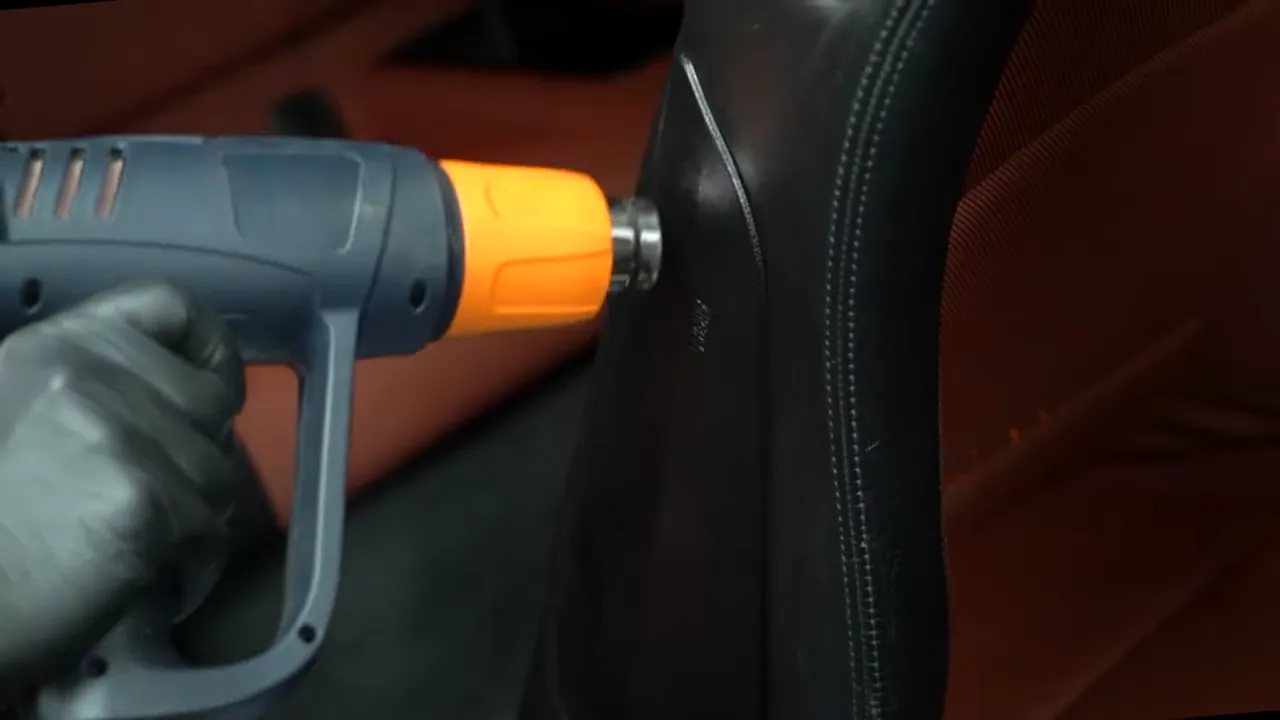
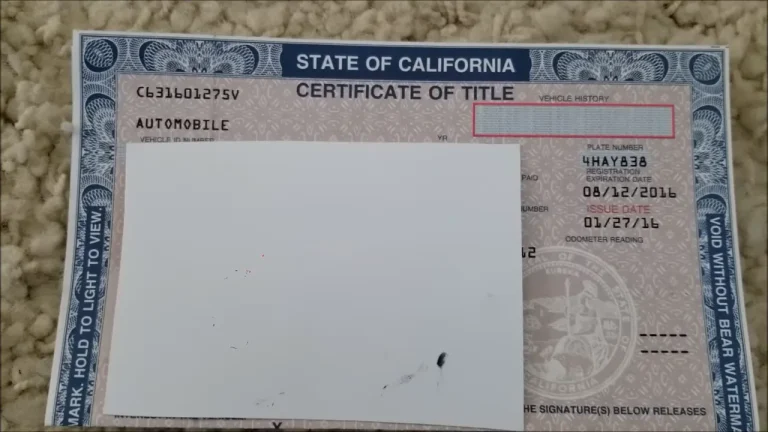
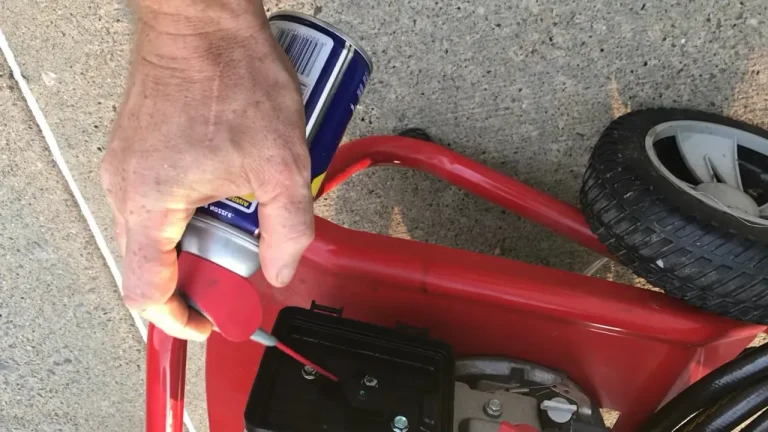
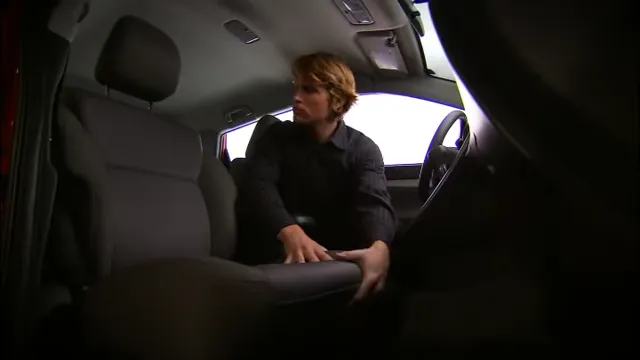
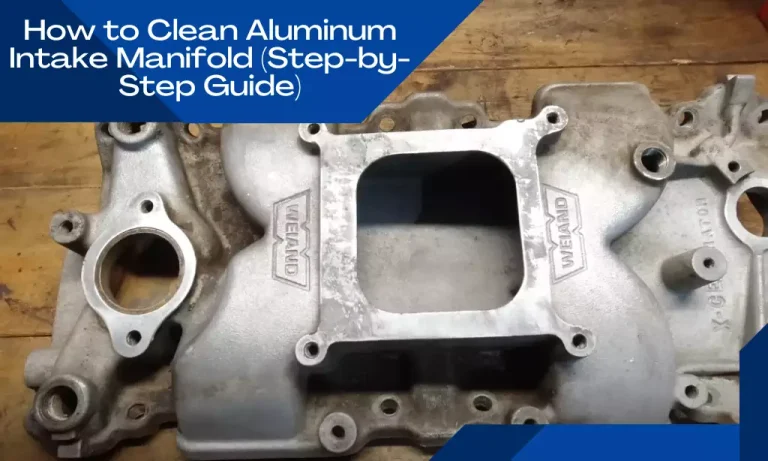

![Effortlessly Remove Water Spots From Car Windows [Expert Tips and Tricks]](https://automhelp.com/wp-content/uploads/2023/07/Water-Spots-from-Car-Windows-768x432.png)